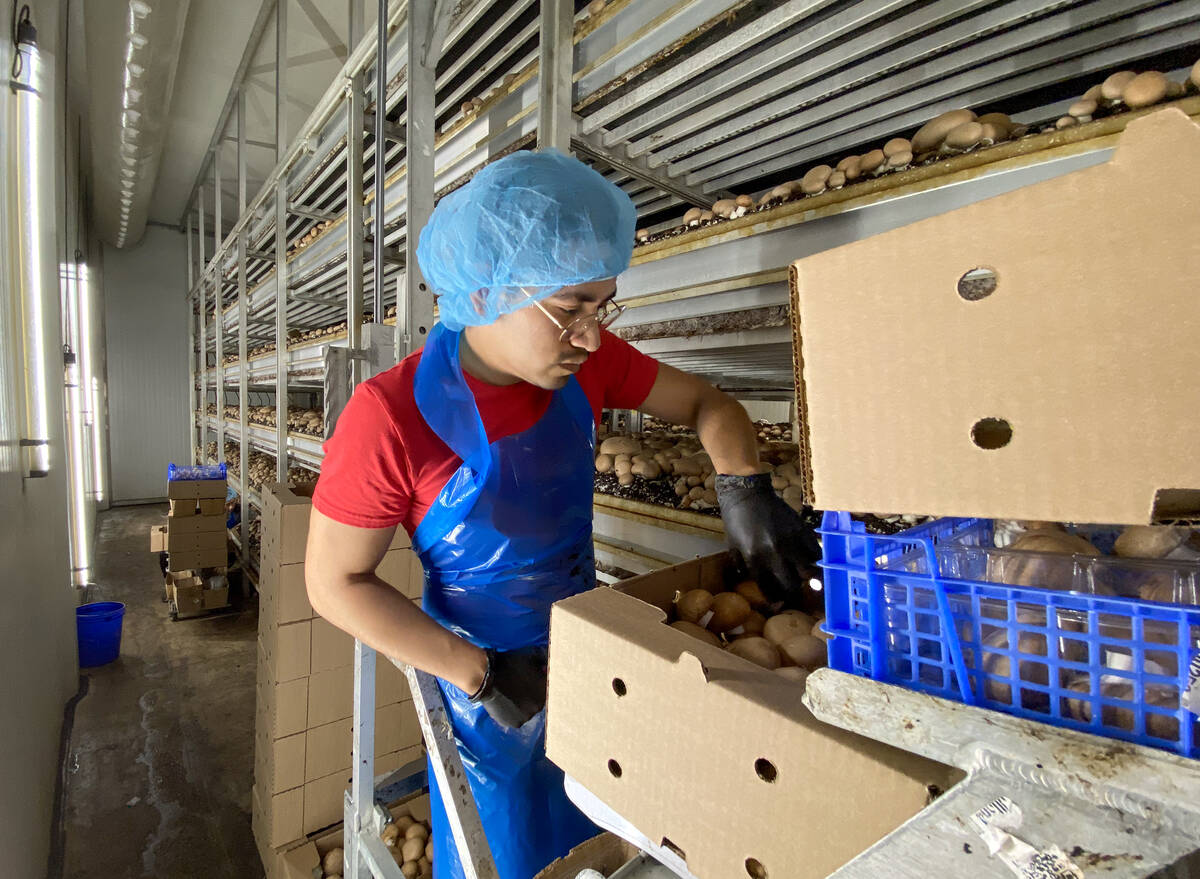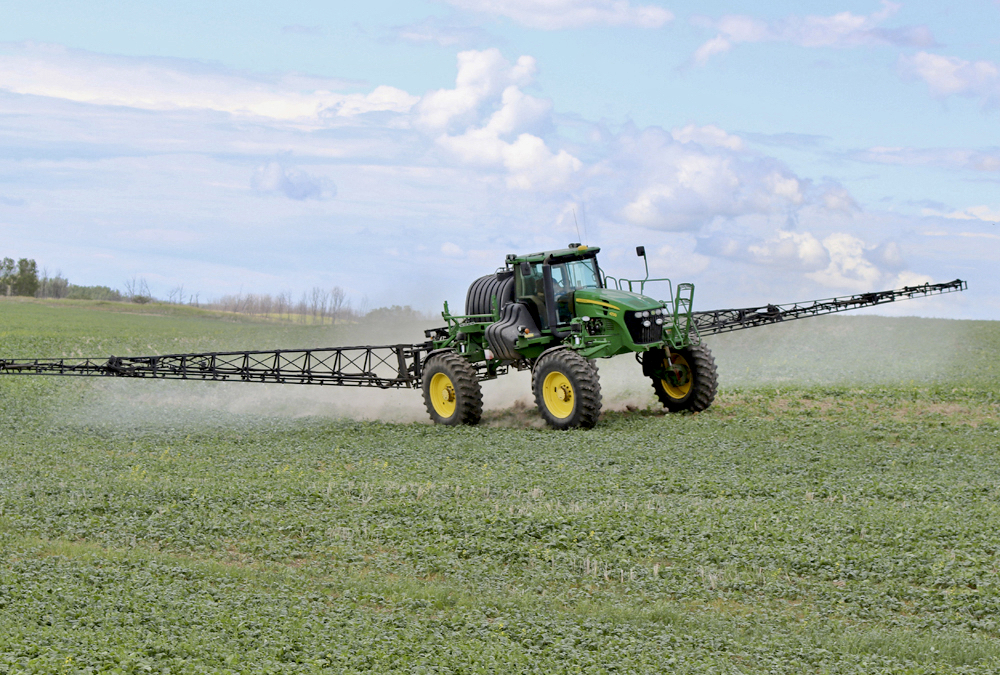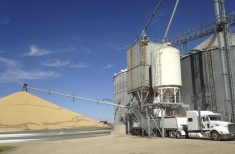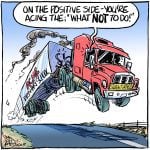Glacier FarmMedia – Canadian farmers should talk to their crop input retailers about their crop protection needs and make contingency plans as soon as possible, says an industry official.
“It looks like we’ll have another interesting year of surprises ahead,” said Cornie Thiessen, general manager of ADAMA Canada.
Why it matters: Ingredients needed to manufacture crop inputs may continue to be in short supply in 2023, making it more difficult to get enough products for the upcoming growing season.
Read Also

Ontario’s other economic engine: agriculture and food
Ontario Federation of Agriculture president, Drew Spoelstra, says Ontario’s agriculture and agri-food sector should be recognized for its stability and economic driving force.
The industry has been wrestling with supply chain issues ever since the COVID pandemic disrupted shipments of glyphosate and glufosinate out of China. Now the war in Ukraine is having a trickle-down effect on two other broad categories of crop protection products.
Russia’s energy curtailment is hobbling the European Union’s crop protection product manufacturing business. Europe is an important producer of co-formulants, especially Germany, which has a large petrochemical industry.
Co-formulants are the ingredients mixed with active ingredients to make a variety of sprays that farmers apply to their crops.
They are the products that ensure sprays don’t freeze or separate or have other performance issues.
“That’s one area that might affect quite a wide range of products,” said Thiessen.
Prices for co-formulants are already rising and manufacturers are starting to tell companies like ADAMA that delivery of the products will be later than originally planned.
That makes Thiessen nervous about a potential shortage on the horizon.
Europe is also a big supplier of fungicides. That is one crop protection product where supply has not been an issue for Canadian growers, but there is potential that it could be during the next growing season.
ADAMA is the seventh largest crop protection company in the world and has the largest portfolio of any company with more than 270 active ingredients.
The manufacturer has taken steps to create a more reliable supply chain for 2,4-D, a popular Group 4 liquid herbicide that is used in pre-seeding and post-harvest burndowns and in conjunction with other molecules to control difficult weeds in cereal crops and pastures.
The 2,4-D market tightened in Canada at the end of 2021 and remained that way in 2022.
The drought crop of 2021 was harvested early and there was a long, open fall that generated a lot of weed growth. Farmers used more 2,4-D than normal as a result.
“Really, what we heard from retailers was they drew down inventories next to nothing,” said Thiessen.
There is also a global tightness of the product because crop breeders have combined glyphosate tolerance with dicamba or 2,4-D tolerance in corn and soybean herbicide tolerant systems.
The 2,4-D traits have gained a lot of market share in those systems in the last couple of years.
ADAMA’s 2,4-D supply chain used to start at its manufacturing plant in Europe, get shipped to South America and then to Canada.
That was an expensive and unreliable supply chain due to all of today’s ocean freight challenges.
The company has now started producing the product in the United States at its plant in Georgia. Canadian retailers have already received supplies.
“It’s much easier for us to guarantee supply when we can ship within North America by road or rail,” said Thiessen.
Global demand for crop protection products is sky-high due to the sharp spike in grain prices. Farmers around the world are planting more acres and intensifying their herbicide use due to improving economic thresholds.
Thiessen said the supply of glyphosate has improved but glufosinate is still tight and continues to be a challenge.
He urged growers to talk to their retailers early about their farm chemical needs and to make a contingency plan in case certain products are not available or are too costly.
– This article was originally published at The Western Producer.













